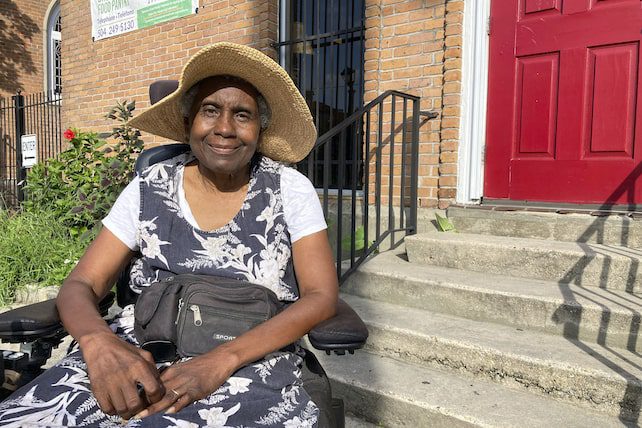The pilot phase anticipates 24 sites — 16 in New Orleans and eight elsewhere in Louisiana. They’ve raised nearly $11 million of the anticipated $13.8 million cost with help from the Greater New Orleans Foundation, the city, federal funding and other donations.
Jeffrey Schlegelmilch, director of the National Center for Disaster Preparedness at Columbia University, said systems that can operate independent of the power grid — often referred to as microgrids — are becoming more popular as businesses and communities address climate change by trying to reduce their carbon footprint or secure backup electricity.
“We’re expecting more extreme weather. We’re expecting more stress on the grid,” he said. It’s particularly important to have such hubs in places with high levels of chronic disease, where outages can take an outsized toll, he said: Keeping them powered up could mean fewer people in ambulances.
An Associated Press analysis found that weather-related outages doubled over the last two decades. Louisiana is one of three states experiencing a 50% increase in outage duration.
Pastor Neil Bernard anticipates helping many more people at his New Wine Christian Fellowship in the New Orleans suburb of LaPlace. The church is a designated shelter of last resort in St. John the Baptist Parish, which was hard-hit during Ida.
The roar of generators is a common sound after a hurricane, and the parish government provided one to the church, but they are noisy, carbon monoxide fumes are dangerous and fuel can be scarce when storm damage impedes transportation.
Keeping New Wine’s generator fueled and maintained was a challenge after Ida. Now the church will benefit year-round: Once the lighthouse is installed, Bernard anticipates saving $3,000 a month in energy bills.
Hurricanes aren’t the only extreme weather triggering interest in microgrids. Experts say there’s growing interest in California, where utility companies sometimes preemptively de-energize power lines when conditions are ripe for wildfires so that their equipment doesn’t spark a fire.
Ice and wind storms as well as tropical weather can cause blackouts in places like Baltimore, which launched a similar project in 2015. The city has four locations fully outfitted with solar power and battery backup systems, and aims to have 30 in three years, the city’s climate and resilience planner, Aubrey Germ, said in an email.
“A number of the systems have performed well during power outages, enabling the Hubs to provide continuity of essential services such as cell phone charging, cooling, and information to residents in need of support,” Germ wrote.
CrescentCare lost $250,000 in medicines and vaccines in Ida’s aftermath. The New Orleans-based health care center had two generators when Hurricane Ida hit, but one failed and they couldn’t get enough fuel to run the other, said CEO Noel Twilbeck.

